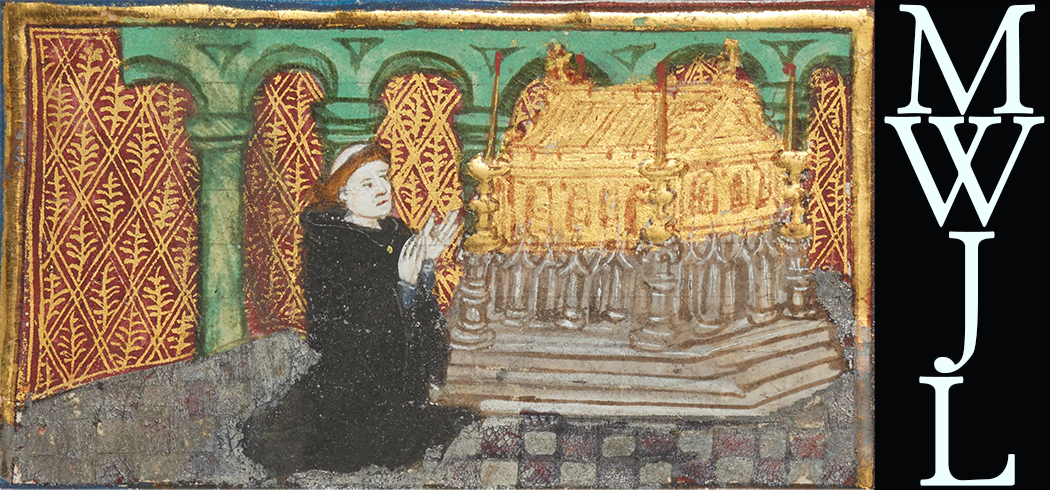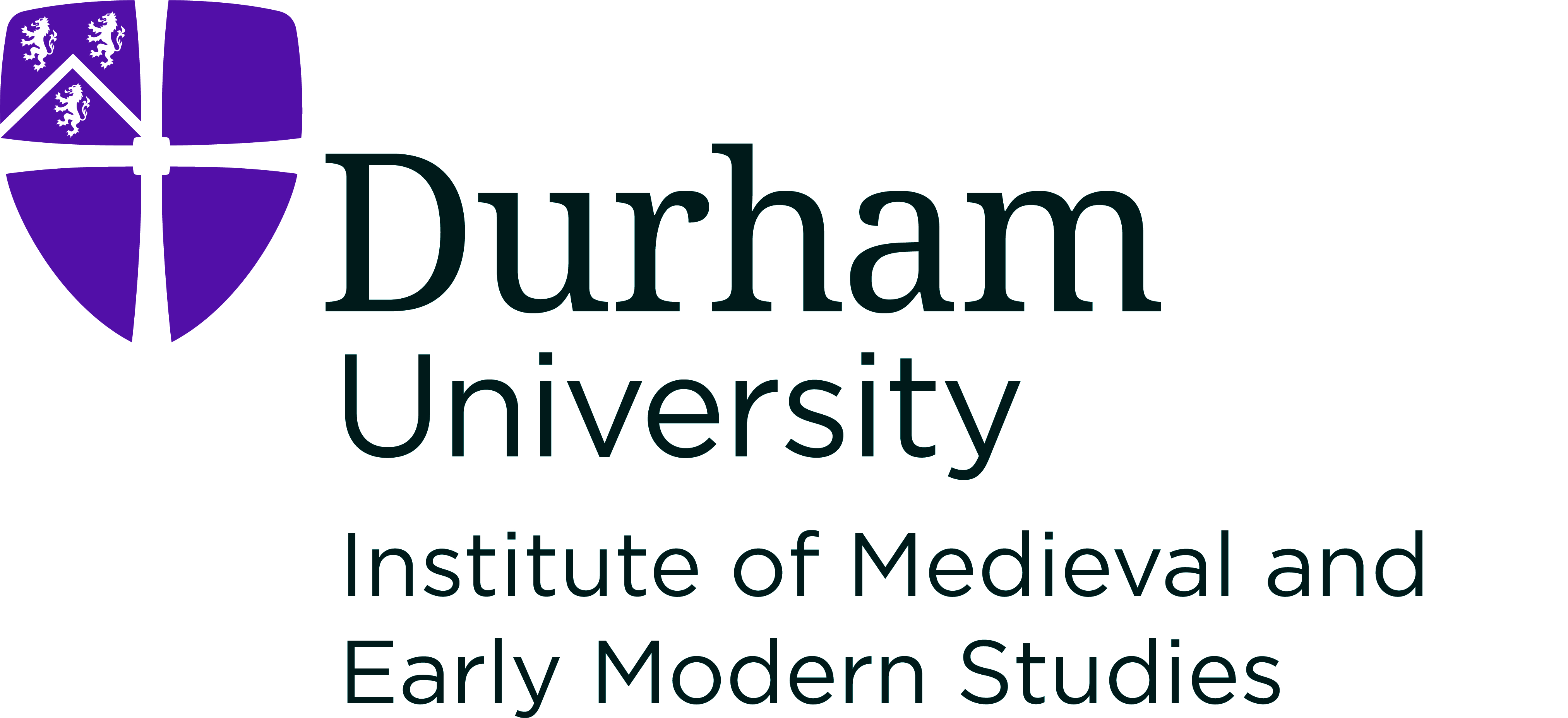 A Mumming at Hertford:
Trinity R.3.20 Verses
A Mumming at Hertford:
Trinity R.3.20 Verses
HomeAbout the ArchiveAbout John LydgateWorksManuscriptsAbout this ManuscriptEditorial ApparatusContactVisualization
Folio 21 Recto (Page 41)
Compare Witnesses: •
Vponn
þe mescheef of gret aduersytee •
Vponn þe trouble and þe cruweltee •
Whicħ þat þey haue endured in þeyre lyves •
By þe felnesse of þeyre fierce wyves •
Whicħ is a tourment verray importable •
A bonde of sorowe / a
knott vnremuwable •
ffor whoo is bounde / or looked in
maryage •
yif he beo olde / he falleþe in dotage •
Grene and lusty / and of brawne but tendre •
Phylosophres callen in suche aage •
a Chylde to wyve / a woodnesse or a raage •
ɲ
ffor þey afferme / þer is noon
eorþely stryff •May beo compared / to wedding of a wyff •
And who þat euer stondeþe in þe cas •
He witħ his Rebecke / may sing ful offt ellas •
Lyke as þeos hynes / here stonding oon by oon •
He may witħ hem vponn þe daunce goon •
Leorne þe traas /booþe at even and morowe •
Of karycantowe / in tourment and
in sorowe •
Weyle þe whyle ellas þat he was borne •
ffor Obbe / þe Reeve
/ þat grooþe here al to forne •
he pleyneþe sore / his mariage is
not
meete •
Cast vponn him an hougly cheer ful rowgħe •
Whane he komeþe home / ful wery frome þe plougħe •
Witħ hungry stomake / deed and paale of cheere •
In hope to fynde redy his dynier •
Notes
-
The EETS edition terminates with "e," but the glyph elsewhere in the manuscript is otiose so it seems likely it would be here as well. ↩
-
The stroke over the majority of the word appears to be otiose, and there's a secondary mark over the "y" which, as the scribal notes mention, is likely to indicate a "y" rather than thorn. ↩











